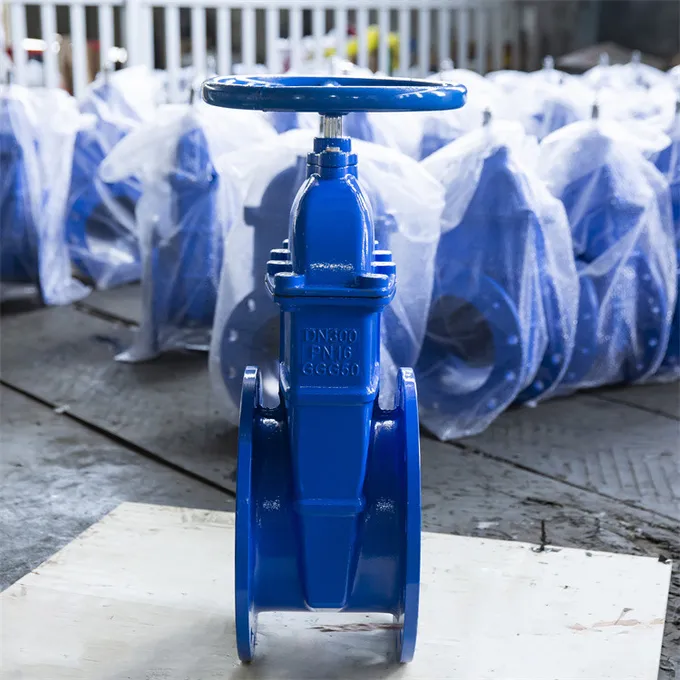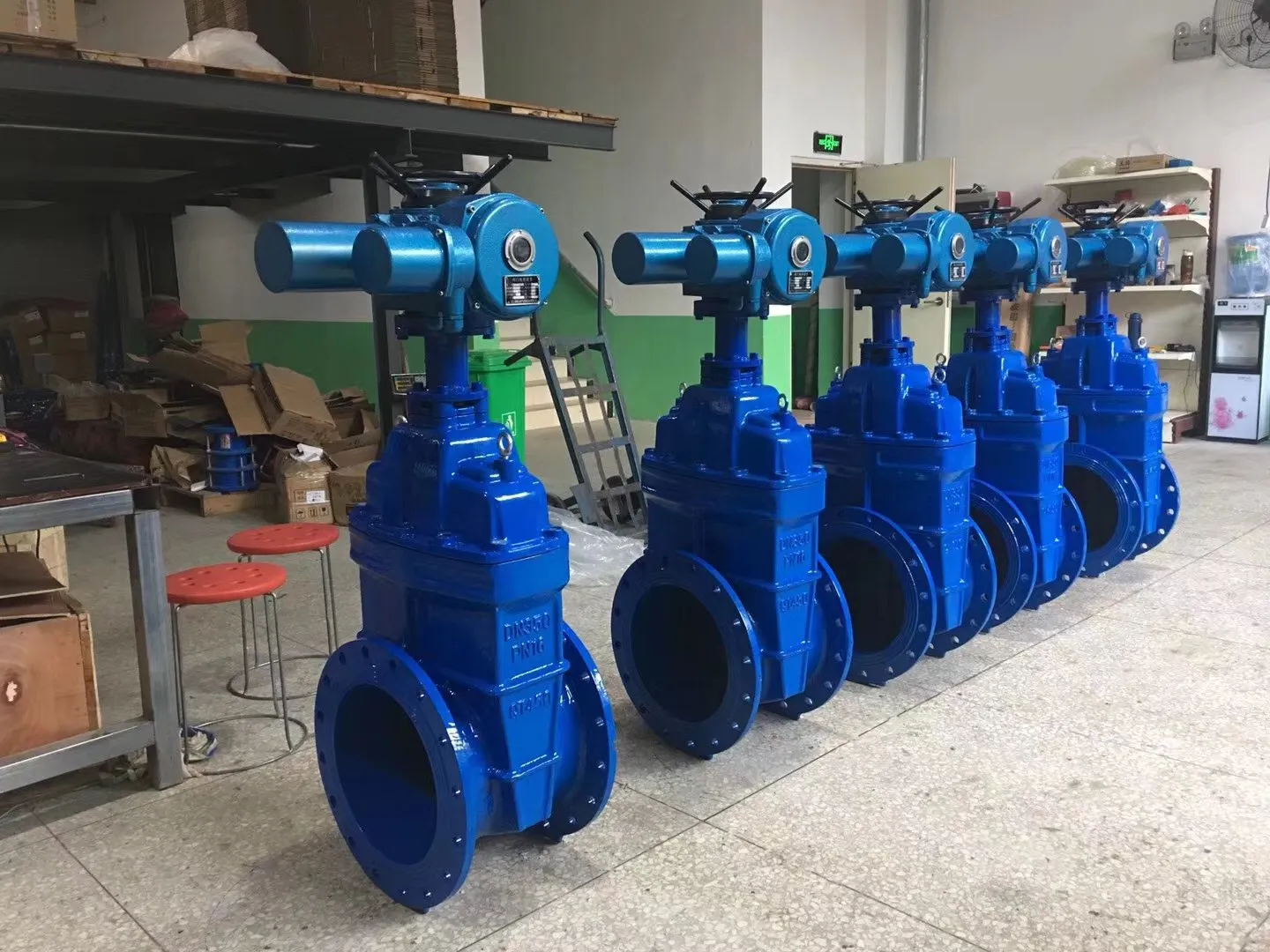Sep . 10, 2024 14:46 Back to list
Unlocking Precision With Gate Valves And Globe Valves
In the world of fluid control, gate valves and globe valves play crucial roles in ensuring seamless operation and efficiency. Whether you're dealing with water, steam, or other fluids, understanding the differences and applications of these valves can significantly impact your system's performance.
Gate Valve: A Reliable Choice for Plumbing Needs
When it comes to gate valves in plumbing, durability and reliability are key. Gate valves are designed to provide a straight-through flow of fluid with minimal resistance, making them ideal for applications where a fully open or closed position is required. Their robust construction, often made from materials like cast steel, ensures long-lasting performance even under high pressure. Whether you are working on a residential plumbing system or a large-scale industrial setup, a gate valve offers the dependability needed to maintain optimal water flow.
Cast Steel Gate Valves: Strength and Durability Combined
For those seeking superior strength and resilience, gate valve cast steel options stand out. Cast steel gate valves are engineered to withstand harsh conditions and high pressures, making them a preferred choice in critical applications. The casting process used in manufacturing these valves provides enhanced structural integrity, ensuring that they can handle demanding environments while maintaining reliable performance. Whether in a chemical plant or an oil refinery, cast steel gate valves offer the durability and resistance required for challenging operations.
Gate Valves for Water Systems: Efficiency and Performance
In water systems, the choice of valve can impact both efficiency and maintenance. Gate valves for water systems are designed to provide a consistent flow while minimizing leakage. Their ability to fully open or close means they can control the flow of water precisely, making them ideal for applications where flow regulation is critical. When installed correctly, gate valves help maintain the integrity of the water supply, reduce maintenance needs, and enhance overall system efficiency.
Gate Valve vs. Globe Valve: Choosing the Right Valve
While gate valves are excellent for on-off control, globe valves offer more precise flow regulation. The primary difference lies in their design and operation. Globe valves have a moveable disc and a stationary ring seat, which allows for better control over flow rates and makes them suitable for throttling applications. In contrast, gate valves provide a straight passage with minimal flow resistance, ideal for applications where a valve is either fully open or fully closed. Understanding these differences will help you choose the right valve for your specific needs, whether it’s gate valve or globe valve.
Maximizing System Efficiency with the Right Valve Choice
Selecting the appropriate valve, whether it’s a gate valve or a globe valve, is crucial for optimizing your system's performance. Gate valves offer excellent reliability and minimal flow resistance, making them suitable for applications requiring full open or closed positions. On the other hand, globe valves provide precise control over fluid flow, making them ideal for applications that require frequent adjustments. By understanding the unique benefits of each type, you can make an informed decision that enhances efficiency and longevity in your fluid control systems.



-
Welding Methods Used in Metal Table FabricationNewsJul.03,2025
-
Sustainable Materials in Silence Check Valve ManufacturingNewsJul.03,2025
-
Installation Guide for Cast Iron Y StrainersNewsJul.03,2025
-
How to Carve a Block of GraniteNewsJul.03,2025
-
Creating Customized Measurement PlatformsNewsJul.03,2025
-
Benefits of Using Granite Surface Plates in MachiningNewsJul.03,2025
Related PRODUCTS









